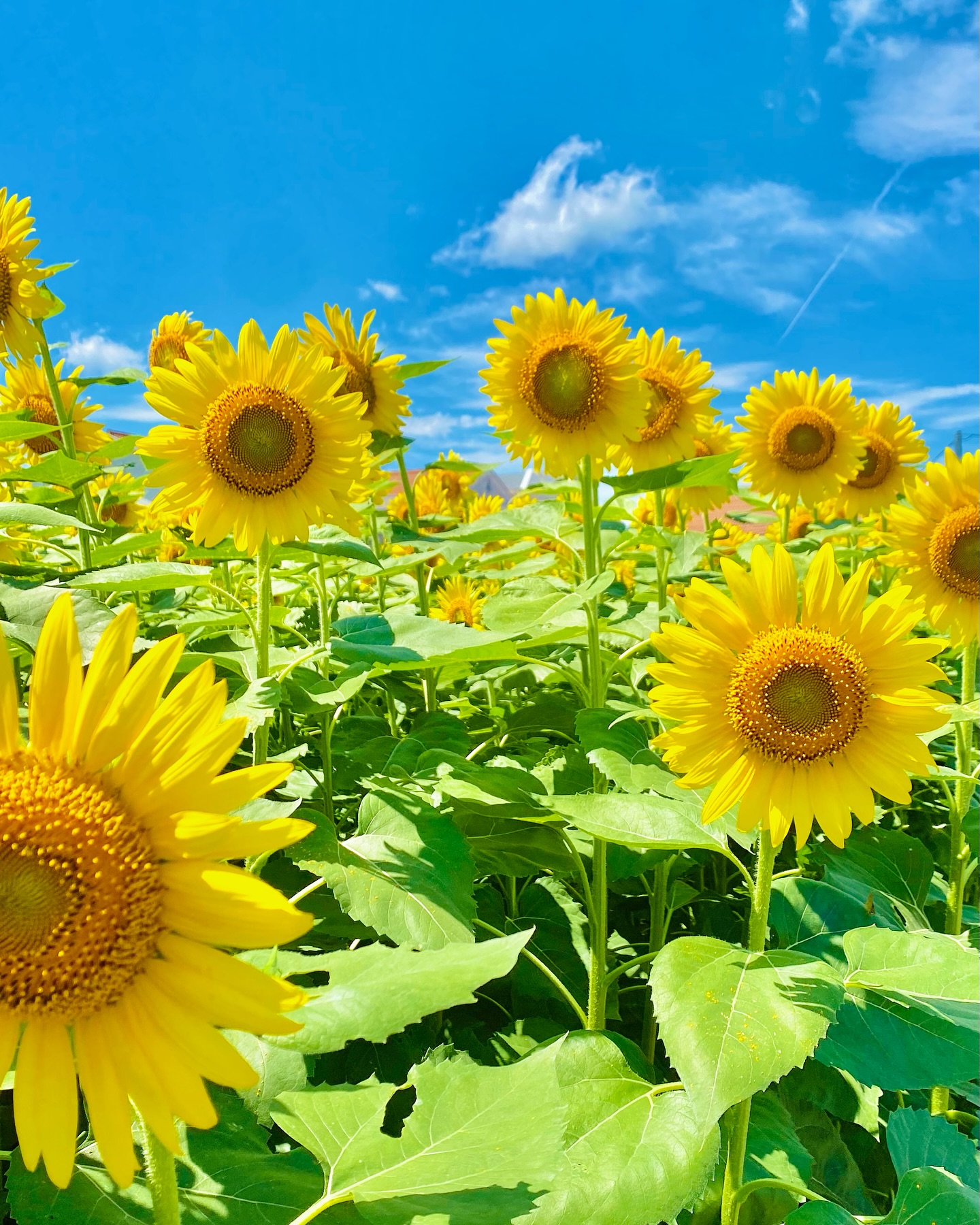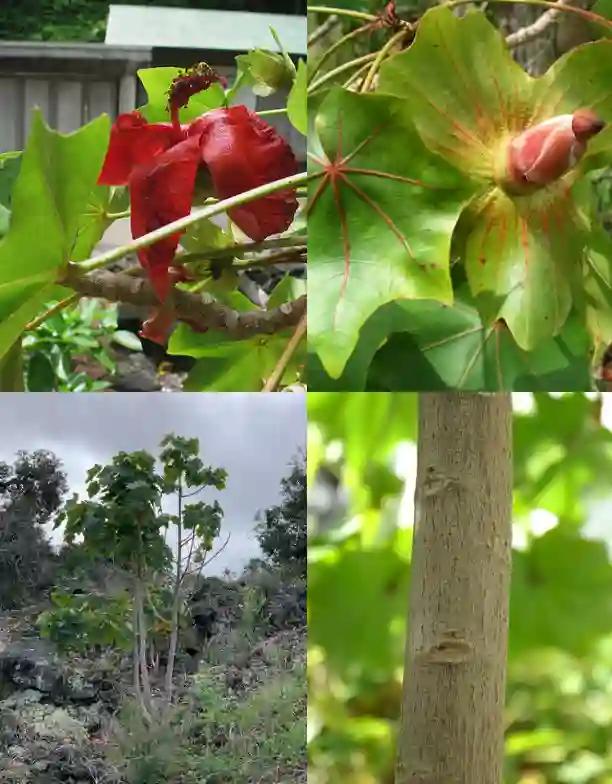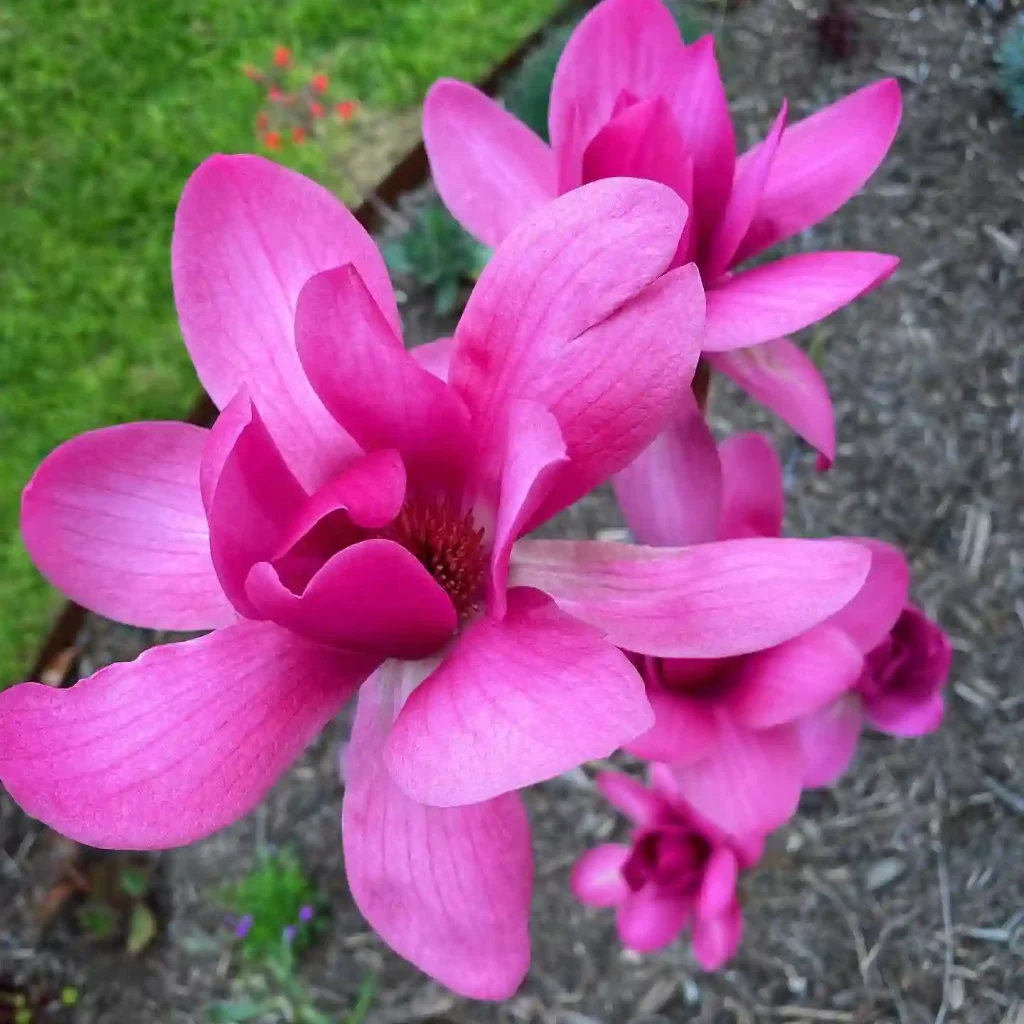What is rafflesia arnoldii?
Let me tell you about Rafflesia arnoldii, also known as the corpse flower. It’s not your typical flower, that’s for sure. I actually had the chance to see one in bloom a few years ago while trekking through the rainforests of Borneo. It was massive, easily the size of a car tire, with these deep red, fleshy petals. But the smell…wow. It reeked like something rotten, which is why they call it the corpse flower. It wasn’t exactly pleasant, but it was definitely a unique experience!
42 Species in Genus Rafflesia
Rafflesia Arnoldii vs Amorphophallus Titanum
When I compared Rafflesia arnoldii with Amorphophallus titanum, I found the Rafflesia’s fleeting but intense stench to be surprisingly unique compared to the Amorphophallus’s less overpowering odor that lingers longer, though both plants are fascinating in their own right.
Rafflesia Arnoldii vs Cantleyi
Rafflesia arnoldii’s massive bloom struck me with awe due to its rare and dramatic appearance, while Cantleyi, though still impressive, felt less overwhelming with its more subtle bloom and fragrance, making Rafflesia the clear standout in my garden experience.
Where does rafflesia arnoldii grow?
I wouldn’t say I’ve explored every inch of Southeast Asia, but based on my travels, Rafflesia arnoldii seems to favor the rainforests of Sumatra and Borneo. That’s where I spotted the one I mentioned, deep in the humid jungle. The thick foliage makes it a bit of a challenge to find, but it’s rewarding when you finally stumble upon this giant flower.
How big is the rafflesia arnoldii?
As I mentioned, the Rafflesia arnoldii I saw was enormous! Imagine a giant red beach ball, but instead of being inflatable, it had these thick, fleshy petals. It easily reached around 3 feet (1 meter) in diameter, which is pretty incredible for a flower. It was definitely the biggest bloom I’ve ever seen in person.
How to pronounce rafflesia arnoldii?
Pronouncing “Rafflesia arnoldii” can be a bit challenging at first, but it’s typically pronounced as “ra-FLEES-ee-uh ar-NOLD-ee-eye.” The emphasis is on the first syllable of each word, with a slight stress on the “ee” sound in “Rafflesia” and the “ar” sound in “arnoldii.”
Is rafflesia arnoldii dangerous?
While Rafflesia arnoldii is not inherently dangerous to humans, its habitat in dense, remote rainforests can present challenges and risks to those venturing into these environments. Additionally, the foul odor emitted by its flowers, often described as resembling rotting flesh, can be unpleasant to some people.
What does the rafflesia arnoldii eat?
This fascinating flower actually doesn’t eat anything in the traditional sense! Unlike most plants that use sunlight for energy, Rafflesia arnoldii is a sneaky trickster. It’s a parasite, meaning it steals its nutrients from another plant. During my trek, the guide explained how Rafflesia arnoldii burrows its roots into a specific type of vine, leeching off the nutrients and water it needs to survive. Pretty clever, right? No muss, no fuss, just hitching a ride on another plant’s hard work!
How does the rafflesia arnoldii survive?
The Rafflesia arnoldii’s survival strategy is all about being a sneaky opportunist. Remember that pungent smell I mentioned? That’s actually key to its whole plan. Since it can’t make its own food, it relies on its host vine for everything. But it can’t just grab nutrients whenever it wants. Here’s the clever part: the stench attracts carrion flies, the kind that lay eggs on dead animals. Those same flies get fooled by the Rafflesia’s rotting flesh odor and land on the flower. While they’re exploring the “corpse,” they unknowingly pick up pollen. Then, they blunder off to another Rafflesia, unwittingly helping to pollinate it. So, the Rafflesia steals from its host vine for food and tricks flies into doing its dirty work of reproduction. Pretty ingenious, if not a little smelly!
What insects pollinate the rafflesia arnoldii?
The flies that take center stage in the Rafflesia arnoldii’s whole stinky scheme are carrion flies, particularly those in the Lucilia and Chrysomia genera. These are the same kind of flies you might see buzzing around dead animals. On my trek, the guide mentioned how the Rafflesia’s rotten meat smell mimics the scent of a carcass, tricking the flies into thinking they’ve found a prime spot to lay eggs. It’s a bit of a gross trick, but it seems to work for this fascinating flower!
If i die, water my plants!



